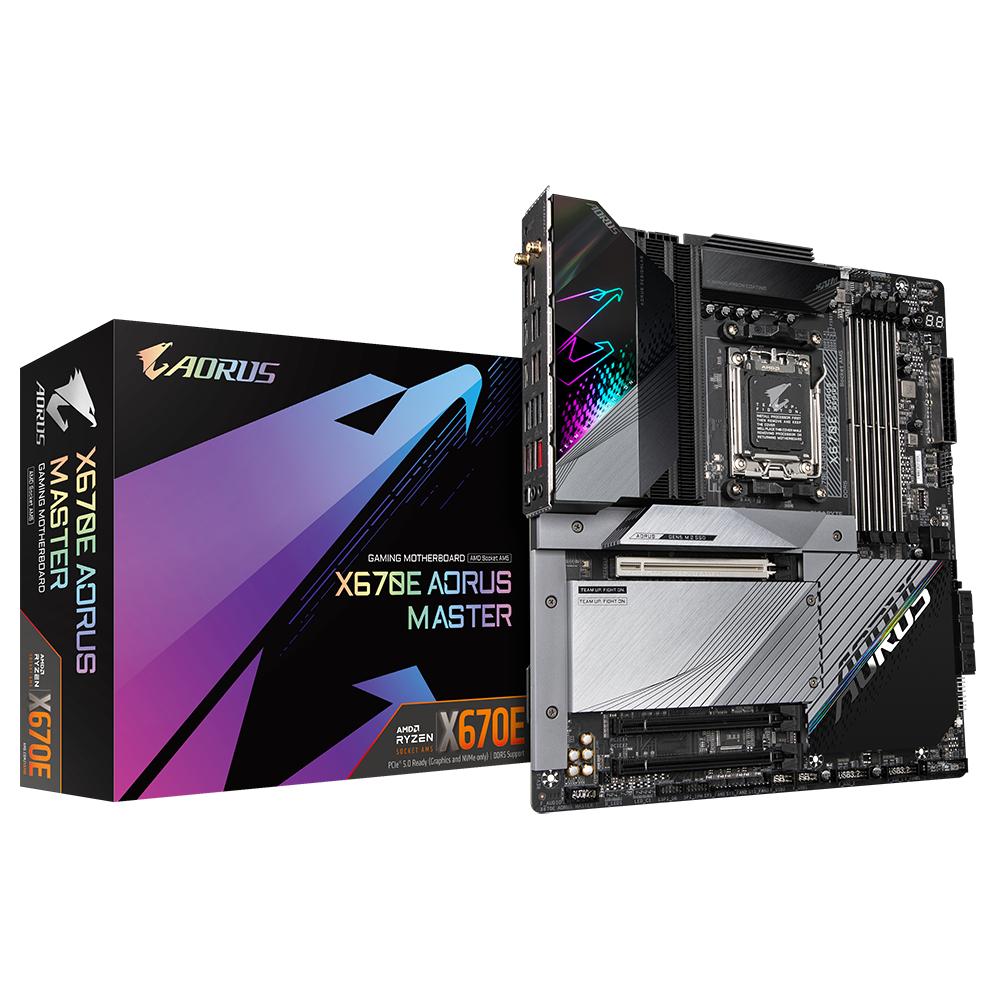So, there is no thread on here dedicated to this motherboard so i thought I'd start one especially as this is the board Buildzoid from Actual Hardware Overclocking is currently using for memory overclocking.
buildzoids latest using this board
Here's where I currently am
![Rectangle Font Screenshot Parallel Technology]()
6200 is stable with my 7800x3d ( which is nice as buildzoids won't run 6200 stable) currently tightening it and will be starting to test higher FLCKs later after I have it as tight as possible (it's M-die Hynix 6000 cl32 38 )
I have some A-die on the way hopefully
7800x3d is running at negative 30 CO.
Updated FAQ
with20a now F20 bios High Voltage mode is perfectly useable with no hassle just set the voltage you want. However, eblck overclocking is broken, so if you use that, stick with one of the F13 bioses.
I have also attached the bios codes here.
Note F20 and above have extra bios codes (I assume to deal with the 8000 series APUs)
buildzoids latest using this board
Here's where I currently am
6200 is stable with my 7800x3d ( which is nice as buildzoids won't run 6200 stable) currently tightening it and will be starting to test higher FLCKs later after I have it as tight as possible (it's M-die Hynix 6000 cl32 38 )
I have some A-die on the way hopefully
7800x3d is running at negative 30 CO.
Updated FAQ
with
I have also attached the bios codes here.
Note F20 and above have extra bios codes (I assume to deal with the 8000 series APUs)






